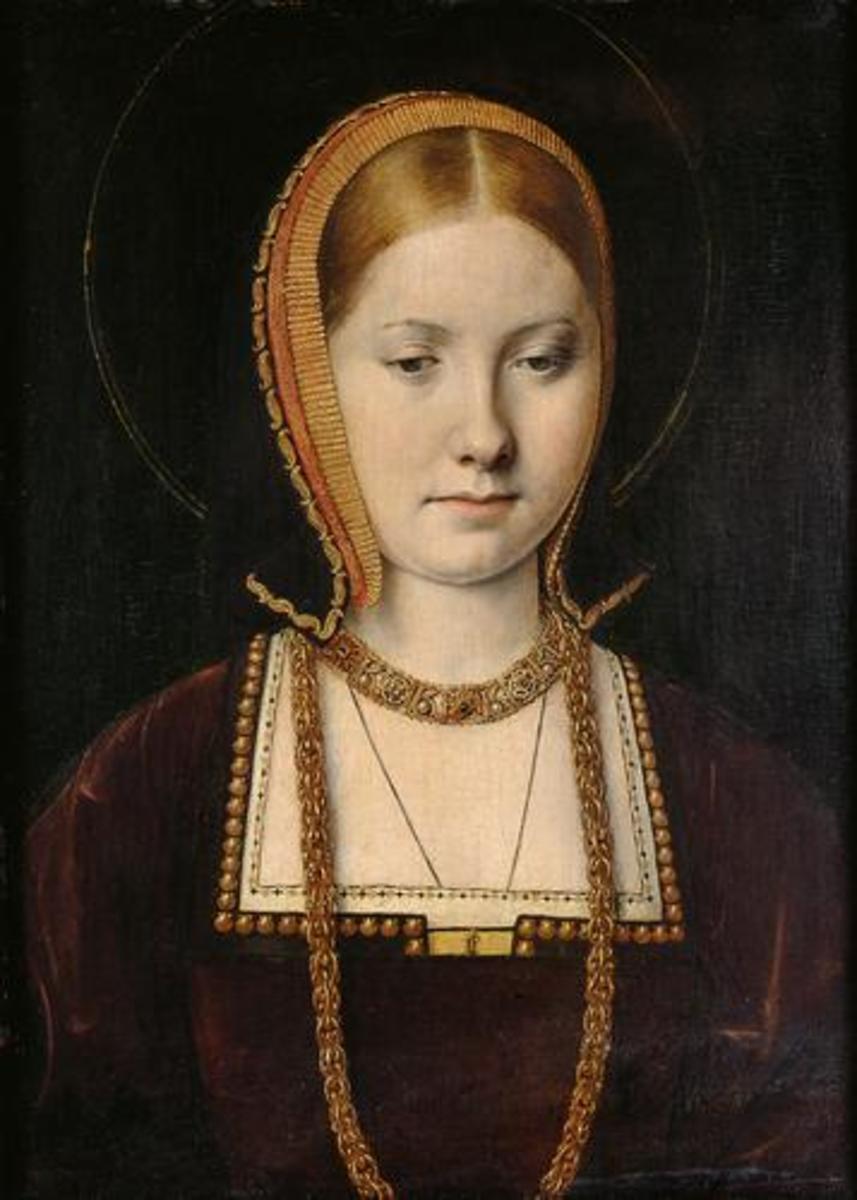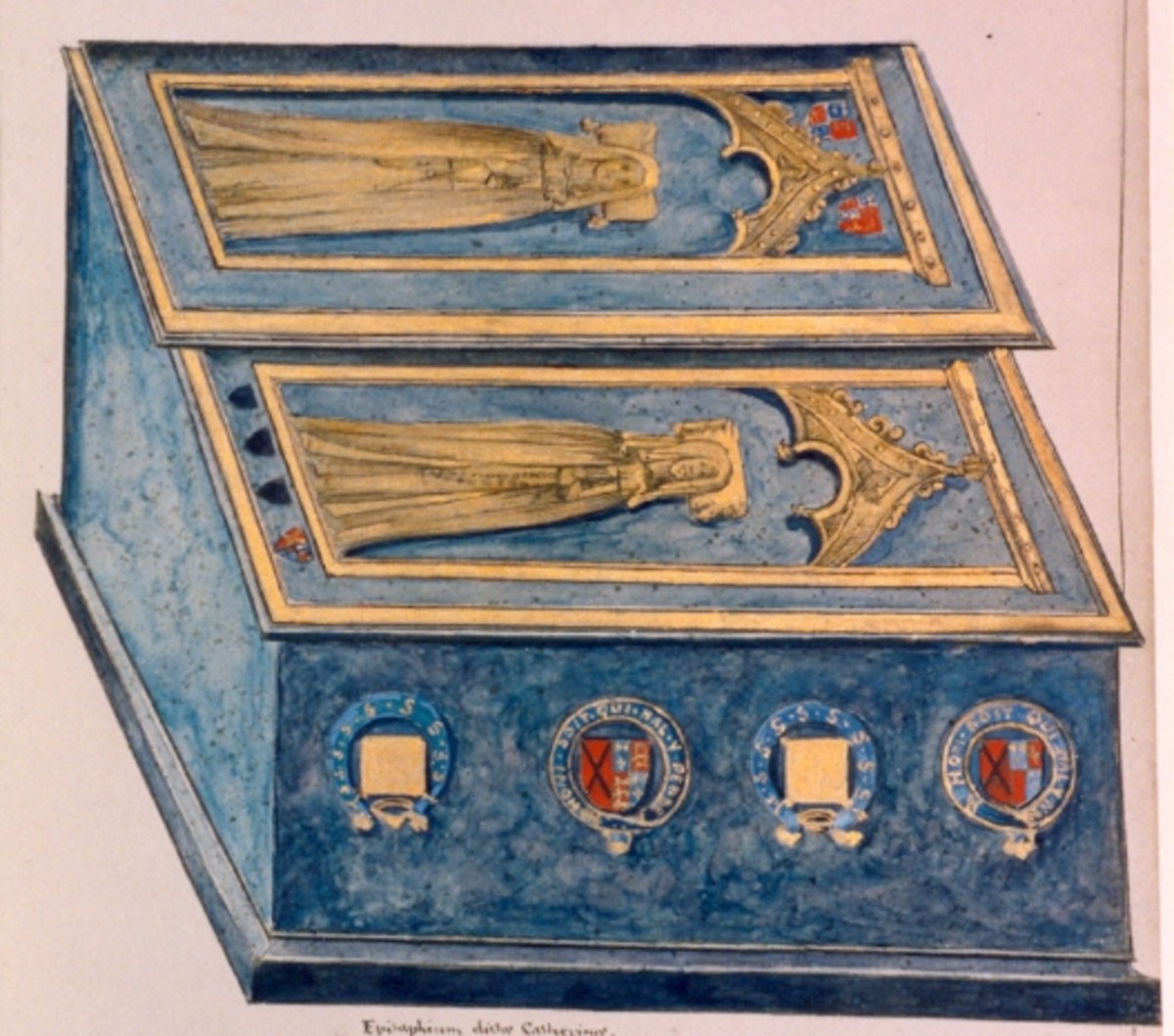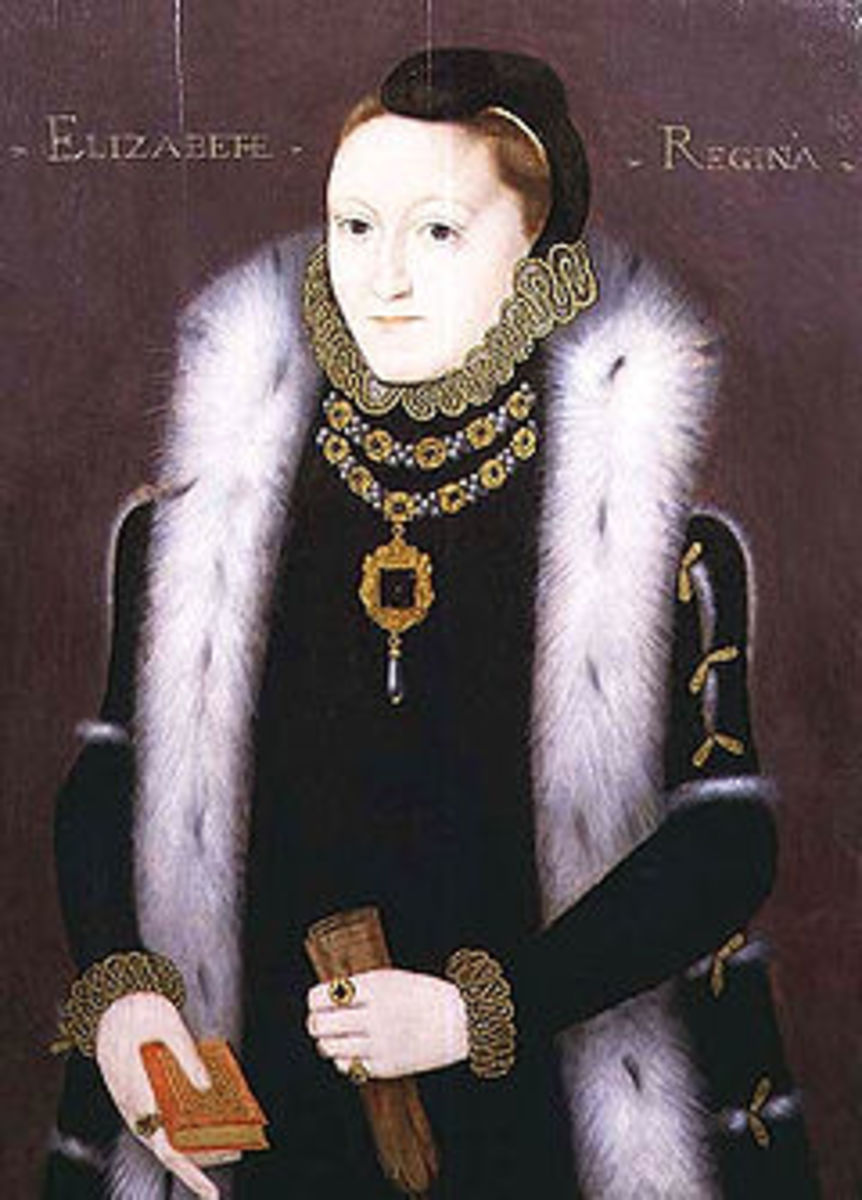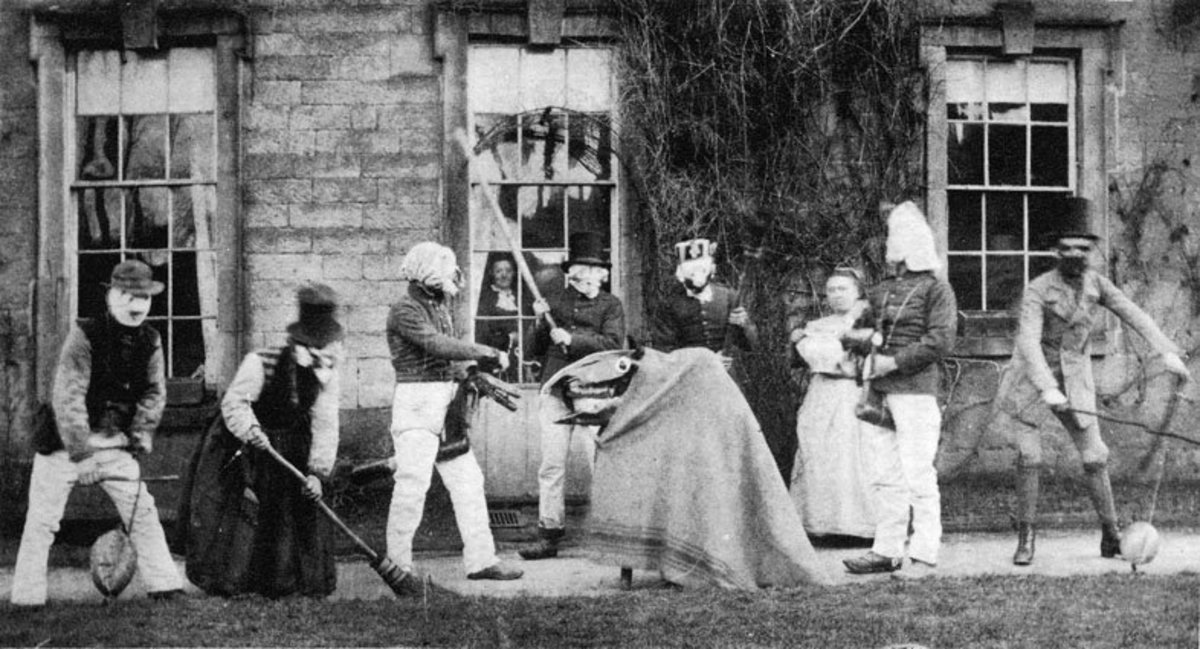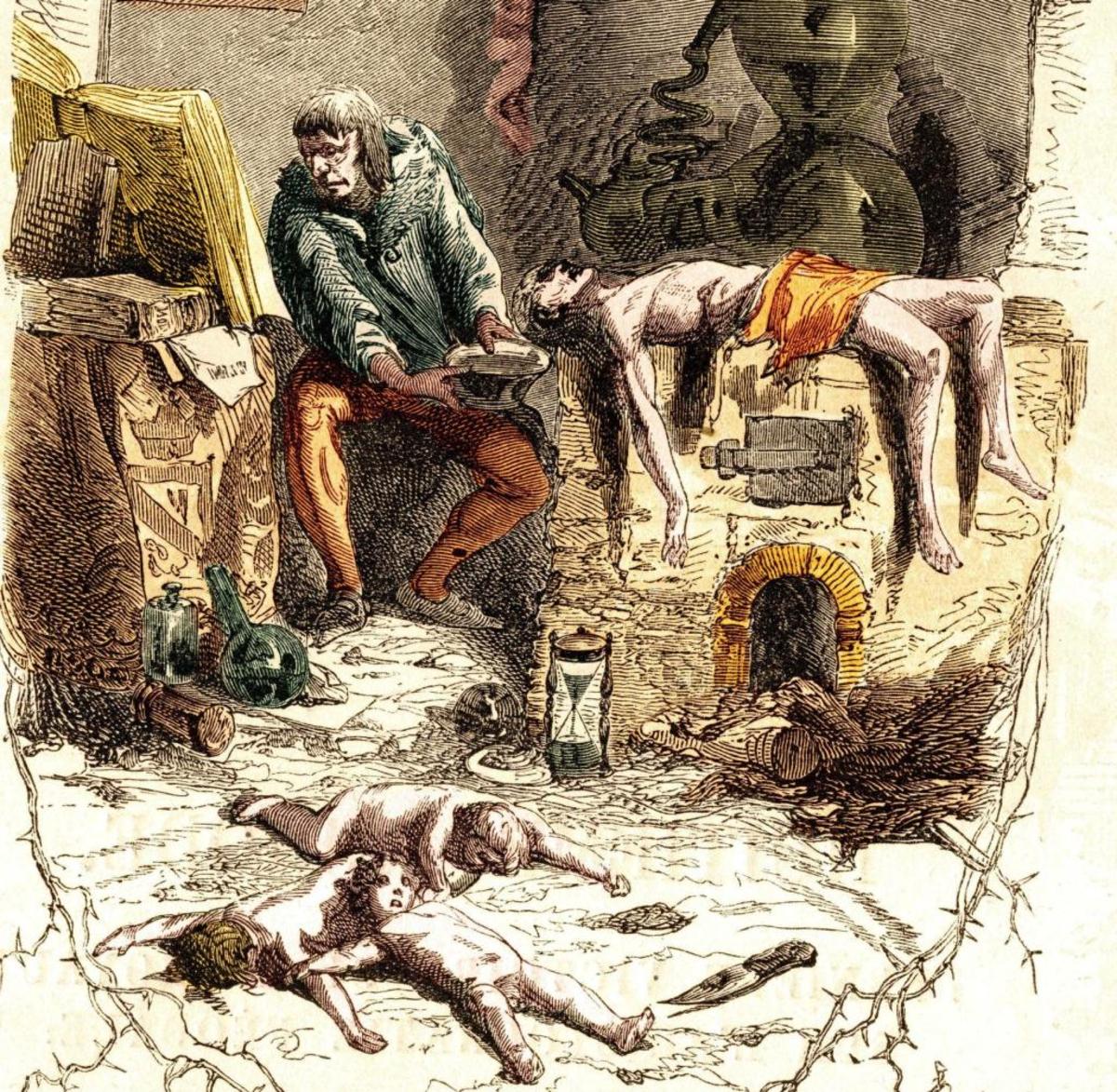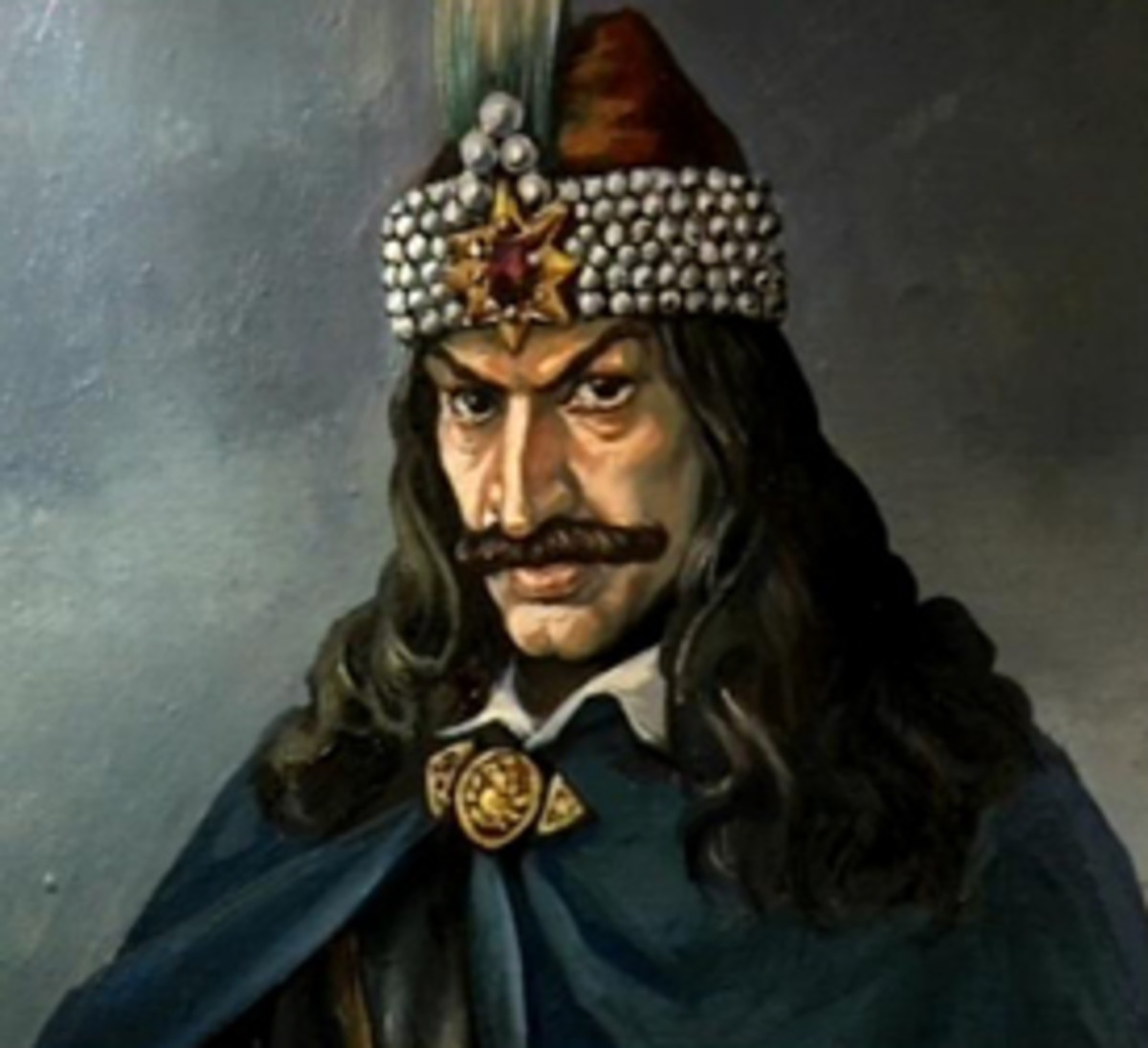The Effects of Elizabeth Tudor's Childhood & Adolescence on Her Reign of England - An Analysis: Issues of Marriage
"The Sieve Portrait"
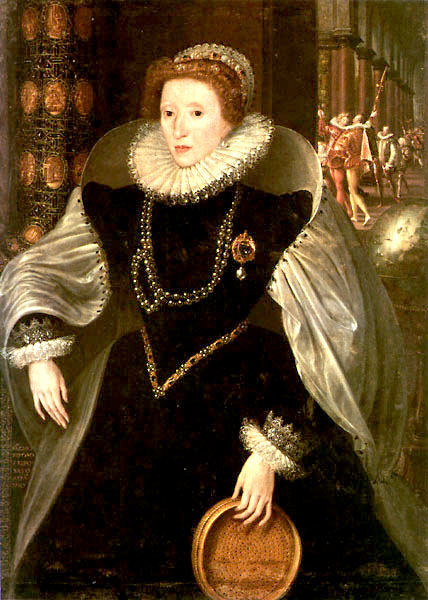
The Tudors simply never fail to impress. Take for example, the life and reign of Elizabeth Tudor, regarded by many as one of the greatest monarch in English history - it has been and still is an object of immense fascination. With such an impressive reign on her resume, a fraction of the driving forces behind Elizabeth’s diplomatic conduct should be attributed to the formidable events of her formative years.
Perhaps the most significant and pressing issues of her reign were the questions of marriage, which dominated the first half of Elizabeth’s queen-hood. Studies have proven that the quality of one's childhood experiences determines one's perception of marriage. Elizabeth had a native distrust of marriage. Matrimony was an issue she would never compromise with. Why did she insist not to marry when she had England at her feet and a bunch of suitors pursuing her hand relentlessly? A princess banished from her father's affections at the tender age of three, should she not long for love as her sister Mary did, given both their similar temporary yet harsh banishment from their father's affections? Did not Elizabeth recognize the urgent need for an heir?
So it's time to do some digging to unearth the reasons that drown those questions. As is the case with any impressive soap-opera, the dirt never fails to reveal more than it should.
Lessons Learnt from Mary I
In her adolescence, during the reign of her older sister, Queen Mary I, Mary’s marriage only served to further corroborate her views that matrimony was a path that was injurious to both personal happiness and England’s political stability. It provided Elizabeth with a perfect example of how marriage was an extremely delicate matter for an incumbent monarch, especially for a queen. Similar to the sisters’ father’s marital alliances, Mary’s marriage had aggravated England’s already precarious relationship with the other European countries.
As 16th century England was dominated by two rival factions – Protestants and Catholics – marriage with an Englishmen or with one of Europe’s princes would inevitably lead to uprisings and rebellions in the country as Elizabeth understood exceedingly well, as exemplified by her father’s domestic and foreign matrimonial alliances, and her sister’s marriage to Philip of Spain, that her choice of husband certainly would not satisfy all her subjects. Mary’s marriage had witnessed insurrections, of the most infamous of them all was the Wyatt’s Rebellion in 1554, in which Elizabeth herself had accidentally been victim of. The rebellion was a Protestant uprising against Mary in favor for Protestant Elizabeth, sparked by news of Queen Mary’s intention to marry a man who would soon become king of Spain and emperor of the powerful Catholic Hapsburg Empire.
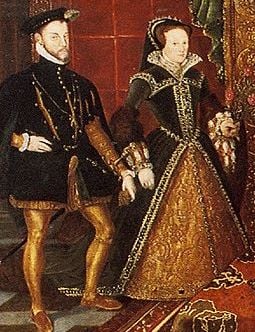
When letters from its leaders, Sir Thomas Wyatt, to Elizabeth informing her of his plans were intercepted by government agents, Elizabeth was thought to have been involved in or been aware of the plot to overthrow her reigning sister, thus, she was then arrested, rigorously interrogated, and imprisoned in the Tower of London, the site where her biological mother was executed. Although no evidence could be found against her, Elizabeth had by this time recognized that marriage was contentious in every aspect.
A foreign match would drag England into the chaos of European politics as well and without doubt generate a platform for war with England’s neighboring countries, as occurred during the reigns of her father and sister; as queen, Elizabeth too will have to relinquish a portion of her authority over her country to the man who would be crowned King of England. As De Feria, the Spanish ambassador said in 1560, two years after Elizabeth’s ascension:
“Everything depends on the husband this woman takes.”
Her Ever-Changing Mothers
Six women had occupied the throne next to her father – three of whose marriages were annulled, and two, one of them her mother, whose lives cruelly met their fates at the block. At the time of Anne Boleyn’s execution, Elizabeth was only three, and therefore the impact of her mother’s death was not as apparent as the news of it was. However, five years later when one of her stepmother, the fifth wife of Henry VIII, Katherine Howard, was arrested and charged with adultery as was Anne Boleyn, except this time the charges were true, and later beheaded as Anne was, did the incident truly leave a lasting impact on the eight-year-old girl because unlike her and her mother, Elizabeth was old enough to know who Katherine was and to remember her; besides, she was fond of Katherine who had been kind to her. Such an untoward event must have indubitably resurrected the gruesome memories of her mother’s fate.
Soon after Katherine Howard’s execution, Elizabeth made a lifelong-decision that would turn out to be an important factor when she became queen. It is recorded that she told Robert Dudley, a close childhood friend and classmate of her younger brother, Edward, “I will never marry.” Marriage had probably been equated with death in her mind.
However, it was only when she reached adulthood and became queen that the psychological effects of her father’s various marriages were proven. Love was something Elizabeth regarded as frivolous and dismissed coldly.

Her Fear Made Her Spear
Yet, at times when marriage seem to provide political advantage, Elizabeth’s determination never to marry was stronger than her aim to attempt to not involve England in war; such as when Philip of Spain, widower of her late sister Mary, sought Elizabeth’s hand in marriage in order to prevent England from becoming entirely Protestant and to hinder an English-French alliance, she promptly rejected the offer even though she was aware that her rejection might alienate Spain in a French-English conflict, or cause Spain and France to ally themselves against England. Her conduct indicated that her father’s and sister’s marriages had made her question the political cost of marriage, and that she had concluded no benefit of marriage could outweigh the insecurities it entailed.
A few of Elizabeth's notable suitors
- Thomas Seymour, Lord Sudeley
- Philip II of Spain
- Robert Dudley, 1st Earl of Leicester
- Robert Devereux, 2nd Earl of Essex
- Charles II, Archduke of Austria
- François, Duke of Anjou
- Archduke Ferdinand of Austria
The many nicknames of Elizabeth
- the Virgin Queen
- Good Queen Bess
- Gloriana
- the Faerie Queen
Still, though Elizabeth did not believe in matrimony, she had learnt the art of exercising her beauty and unmarried status to her advantage, as a result of her brief affair with Thomas Seymour, husband of her stepmother, Catherine Parr, the sixth and final wife of the late Henry VIII. The consequences of the teenage scandal had terrified sixteen-year-old Elizabeth, but had made her recognized that she could employ her sexual allure to gain the upper hand in diplomatic negotiations. She aptly entertained numerous proposals, regularly pretending to consider marriage to one foreign royal or another, intending to prolong the peaceful relation made by the country of her suitor in an attempt to induce her into accepting the offer, but never committed to any. Engagement games became a crucial element of her foreign policy. Some of her prominent marriage negotiations involved Philip of Spain’s cousin, Archduke Charles of Austria, with whom she negotiated for several years after turning down Philip’s proposal in 1559, and François, Duke of Anjou, which was tied to a planned alliance against Spanish control of Southern Netherlands from 1572 to 1581. Venetian Ambassador accurately described Elizabeth’s conniving tactics when he wrote:
“She has many suitors for her hand, and by protracting any decision keeps them all in hope, persuading herself that in her need they will do what they can from rivalry to gain her love and matrimonial alliance.”
Alas, though she had never once recited marriage vows, Elizabeth succeeded in providing England with a degree of stability the neighboring European nations so badly needed in that era. If she were to have entered a matrimonial alliance, the course of history would be altered - not only that of England's but of the entire Western Europe's, and of the sensitive connection between the Protestant and Catholic factions as well. Elizabeth may be deemed a queen greater than the greatness she is currently known for or being the opposite of great if not average. Well, history cannot be erased (thankfully here!), so just sit back and indulge in whatever drama the Tudors have offered (and there's plenty of them).
Do you think Elizabeth should have married?

First published on March 28, 2012
Also in this series of 'The Effects of Elizabeth Tudors Childhood & Adolescence on Her Reign of England' . . .
- An Analysis: Humanity
An analysis of how Elizabeth Tudor's younger years gave her some degree of empathy that impacted her reign as Queen of England.
Other interesting hubs on the Tudors
- The Tudors: A Brief History
A brief walk-through of Britain's famous Tudor dynasty with only the significant facts. - The Coolest of the Six Wives of Henry VIII
A wonderful analysis on how much the degree of of the term "cool" can be applied to the each of Henry VIII's six wives.





